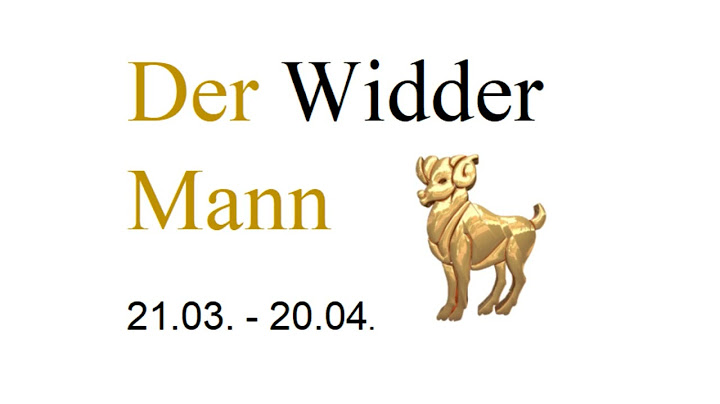  
Fill-in-the-blank exam items contain statements which you must complete by inserting information into blank spaces. Required responses are usually very specific ones that involve information pertaining to dates, persons, events, places or definition of terms. There are two forms of fill-in-the-blank exams. One form is similar to a matching exam in that you are given the information you need to fill in the blank; you need only recognize where the information fits. The other is more difficult because you are not given information from which to choose. Here you must recall, rather than recognize, information to fill in the blanks . Look for clues in the incomplete statementsThe exam item may help you remember what you need to complete it or contain clues that lead you toward the correct response. For instance, whatever you write in the blank space must match the verb (singular, plural), tense, (past, present, future), and gender (male, female) of the item. Examine the length of the blank spaceExam writers often consider the length of a response when inserting the blank spaces. Use this as a clue to the length of your response. For instance, a three-inch blank space obviously requires more of a response than a single short word. Reread each statement with your response.The statement must make sense. If not, it is incorrect; reconsider what you inserted in the blank space. Matching examsIn matching exams, you are primarily required to recognize relationships between things. You might be asked to match such things as terms and their definitions. Check to see if the items in either column can be used more than onceThis is a particularly important step when the columns each contain the same number of terms. If some items can be used more than once, it is critical for you to know that other items will not be matched at all. Make all the matches that you are sure of firstThis lessens the number of items that you must concentrate on. In addition, you may begin to see a pattern of relationship within the items that will make it easier to make other matches . Look at each match to make sure that it is a sensible oneAsk yourself if the two items really go together. If not, look for a better match. Multiple choice tests(ESSENTIALS OF PSYCHOLOGY, FIFTH EDITION, 1991) Read directions carefullyThey may give you good advice or clues for the test. If the directions are not clear, ask the instructor to clarify them. Read all the choices for each question before you make a decisionIf you immediately think that “a” is correct, for instance, and stop reading, you might miss seeing a last choice like “both a and d” that is a better answer. Read rapidly and skip items you are uncertain aboutLater questions may give you “free information” that will help you answer difficult items. Return to skipped items. Eliminate certain alternativesWith a four-choice-per-item multiple-choice test, the odds are one in four that you could guess right. If you can eliminate two alternatives, your guessing odds improve to 50-50. Be sure to answer every questionEven if you are not sure of an answer, you may be right. If you skip a question it is automatically wrong. When you are forced to guess, don’t make the mistake of choosing the longest answer or the letter you’ve used the least. Both of these strategies produce lower scores than pure random guessing. When it doubt, scratch it out!There is a bit of folk wisdom that says, “Don’t change your answers on a multiple-choice test. Your first choice is usually right.” Careful study of this idea has shown it is false. If you change answers you are more likely to gain points than lose them. This is especially true if you feel very uncertain of your first answer. (“When it doubt, scratch it out!”) When you have strong doubts, your second answer is more likely to be correct. In fact, even if you are only moderately confident about your new answer, you will probably still come out ahead by making the change. Essay examsDetermine the time given for each questionIf the examination room does not have a clock, wear a watch.See how many essay questions must be answered, and if there is a choice, which ones you are going to work on.Take the number of essays to be answered and divide it into the time given for the exam. This is how much time you should give yourself for working on each answer. Also try to allow some time for reviewing your written answers.The amount of time set aside for each question should depend on the amount of credit given for the questions. Questions worth more credit should be given more time than questions that aren’t worth as much credit. Analyze each question carefullyMake sure you understand what is asked for and what is not asked for. The key nouns in the question will tell you the topic and subtopics for the essay. Look carefully for “such words as: compare, contrast, explain, discuss, define, summarize, etc. Look for phrases that limit the topic: “between 1815 and 1830″ or “in the Republic of China.” Organize each answer before writingDecide the important ideas you think should be covered. “Make notes on the important details under each. Doing this will shorten writing time and make the-answer more clear. Write your answer<Write each answer by following the outline you have prepared. Use correct punctuation and spelling and avoid repeating yourself. Be as detailed as possible and mention authorities when appropriate. Write legibly! Review
|

Pos Terkait
Periklanan
BERITA TERKINI
Toplist Popular
#2
#3
#4
Top 8 wenn kleinigkeiten am partner stören 2022
1 years ago#5
Top 7 hilfsmittel für behinderte im alltag 2022
1 years ago#6
#7
#8
Top 6 cafe da manha pobre 2022
1 years ago#9
#10
Periklanan
Terpopuler
Periklanan
Tentang Kami
Dukungan

Copyright © 2024 kemunculan Inc.


















